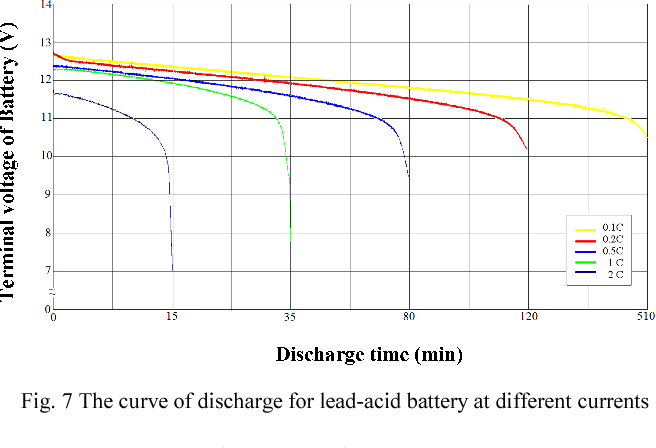rockman7892
Electrical
- Apr 7, 2008
- 1,172
I’m working with a customer the prefers to use Nickel Cadmium batters over lead acid type for their 125VDC substation batteries.
Every substation I have ever been in has has lead acid type so I don’t have much familiarity with NiCad.
Does anyone have any experience with NiCad for station service and any good reasons for or against its use for station service compared to lead acid?
Are there significant differences in battery size calculations for NiCad vs lead acid for station service applications? I see there is an IEEE standard IEEE 1115 for calcs of NiCad batteries which I’m suspending may have similar info as IEEE 485 for lead acid type?
Every substation I have ever been in has has lead acid type so I don’t have much familiarity with NiCad.
Does anyone have any experience with NiCad for station service and any good reasons for or against its use for station service compared to lead acid?
Are there significant differences in battery size calculations for NiCad vs lead acid for station service applications? I see there is an IEEE standard IEEE 1115 for calcs of NiCad batteries which I’m suspending may have similar info as IEEE 485 for lead acid type?


